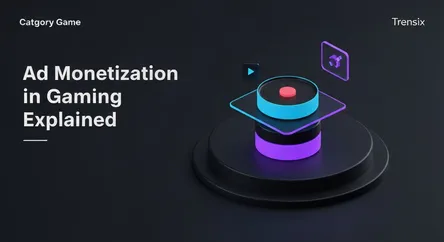Game
Ad Monetization in Gaming Explained

Discover how ad monetization allows developers to offer free games by integrating ads, creating a key revenue stream in the mobile game industry.
What is it?
Ad monetization is a business model where game developers earn revenue by displaying paid advertisements within their games. Instead of charging players an upfront fee or relying solely on in-app purchases, this strategy integrates various ad formats, such as banner ads, full-screen interstitial ads, and rewarded video ads. Rewarded videos are particularly popular, as they offer players in-game items or currency in exchange for watching a short ad, creating a value exchange that feels less intrusive. This approach is the financial backbone for the vast majority of free-to-play (F2P) titles, especially on mobile platforms.
Why is it trending?
The free-to-play model dominates the mobile game market, and ad monetization is its primary engine. It lowers the barrier to entry, allowing anyone to download and play a game without cost, which massively increases the potential audience. As only a small fraction of players ever make in-app purchases, ads provide a reliable way to generate income from the entire player base. Sophisticated ad networks also allow for targeted advertising, making it an efficient tool for both game publishers and advertisers, driving its continued growth and adoption across the industry.
How does it affect people?
For players, ad monetization provides access to a vast library of free entertainment. The trade-off is occasional interruptions for advertisements. While poorly implemented ads can be frustrating and disrupt gameplay, well-designed systems, like optional rewarded ads, are often seen as a fair exchange for premium content. For developers, it's a critical revenue stream that makes game development sustainable. However, they face the challenge of balancing ad frequency and placement to maximize revenue without negatively impacting player retention and the overall user experience.